Found 19 movies, 18 TV shows, and 0 people
Can't find what you're looking for?

"Religion in Early African-America Cinema" returns to Charles Musser & Jacqueline Najuma Stewart, who offers historical perspective on depictions and criticism of faith in the collected films.

A BAFTA award winning documentary. Locations for the film range from Alaska and the southwest of the USA to the Eastern woodlands. It depicts geologists, archaeologists, anthropologists and scientists from other disciplines piecing together the clues to man's rise from ice age hunter to builder of complex societies more than 2000 years before Columbus set sail for the New World.

Perry Como celebrates an early American Christmas in Williamsburg VA with John Wayne and Diana Canova.
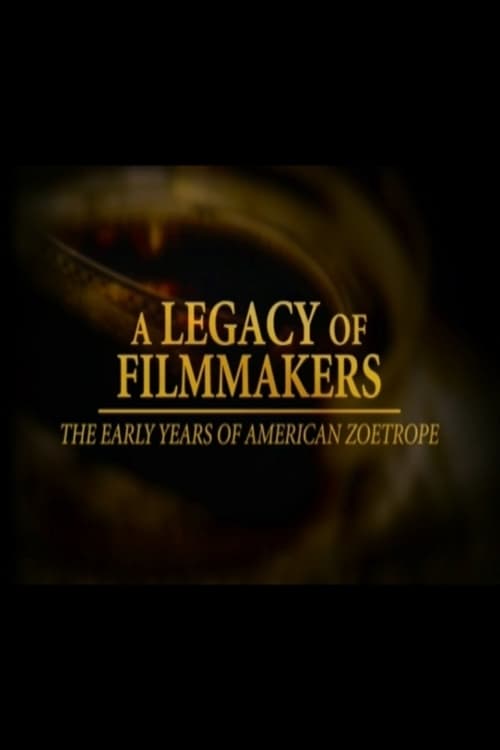
A fascinating chronicle of the birth and rise of the radically different independent studio founded by director Francis Ford Coppola.

Unseen Cinema reveals hitherto unknown accomplishments of American filmmakers working in the United States and abroad from the invention of cinema until World War II, and offers an innovative and often controversial view of experimental film as a product of avant-garde artists, of professional directors, and of amateur movie-makers working collectively and as individuals at all levels of film production. Many of the films have not been available since their creation, some have never been screened in public, and almost all have been unavailable in copies as good as these until now. Sixty of the world's leading film archive collections cooperated with Anthology Film Archives to bring this long-neglected period of film history back to life for modern audiences.
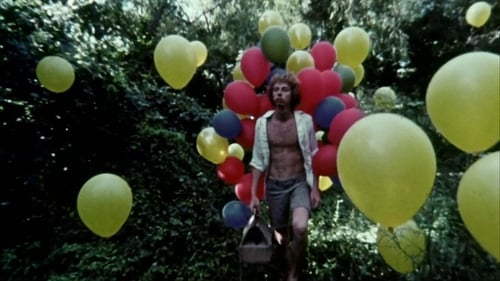
An experimental allegory about a group of hippie students in Austin, Texas, who move into a big old house in the woods. However, something else is there and it's influencing them.
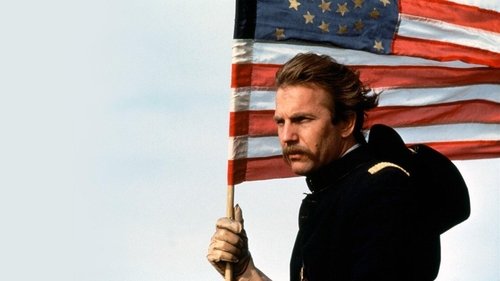
Wounded Civil War soldier John Dunbar tries to commit suicide—and becomes a hero instead. As a reward, he's assigned to his dream post, a remote junction on the Western frontier, and soon makes unlikely friends with the local Sioux tribe.
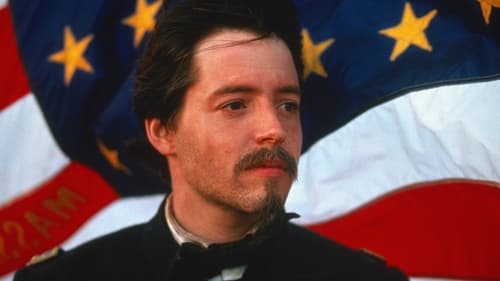
Robert Gould Shaw leads the US Civil War's first all-black volunteer company, fighting prejudices of both his own Union army and the Confederates.
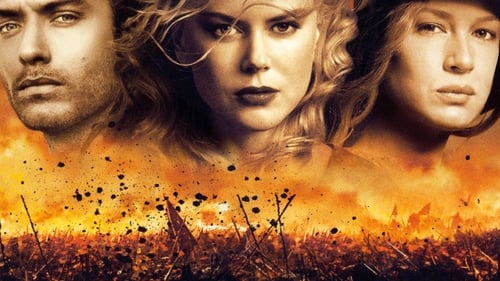
In this classic story of love and devotion set against the backdrop of the American Civil War, a wounded Confederate soldier named W.P. Inman deserts his unit and travels across the South, aiming to return to his young wife, Ada, who he left behind to tend their farm. As Inman makes his perilous journey home, Ada struggles to keep their home intact with the assistance of Ruby, a mysterious drifter sent to help her by a kindly neighbor.

When his son is reluctant to fight for democracy Philip Nolan II shares with him the secret he has long held, the treason of the first Philip Nolan "The Man Without a Country." He explains how the elder Nolan played into the hands of Aaron Burr; how Thomas Jefferson was elected president over Burr; how Alexander Hamilton prevented the conscienceless Burr becoming governor of New York; the duel between Hamilton and Burr; how Philip Nolan was later arrested on his wedding night for aiding Burr, who had conspired to start a rival government in the south to wage war against the United States, and how he was later banished from the United States for saying "Damn the United States! I wish I might never hear its name again," and how Philip Nolan died kissing the flag of the country he had execrated. Understanding how important freedom is the younger Nolan rushes to enlist.
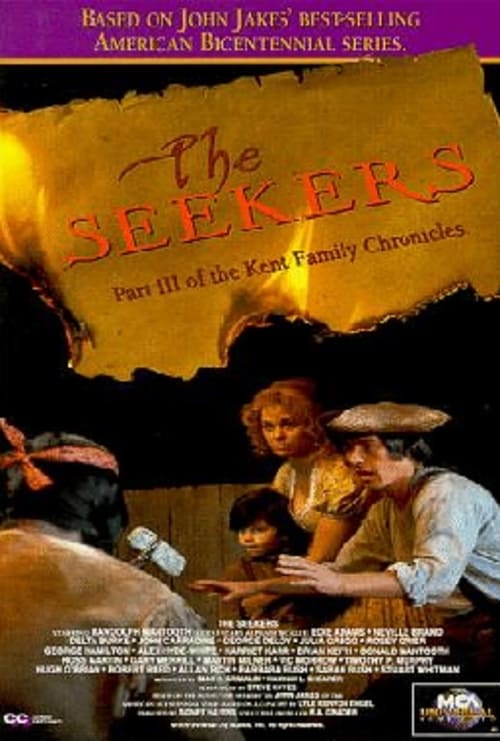
This follow-up to "The Bastard" and "The Rebels" continues the account of Philip Kent's life and career from his emigration to colonial Massachusetts through the American Revolutionary War and concludes the family saga with the story of his two sons and their children as they arrive in the unexplored Northwest Territory. (Episodes 5 and 6 of the Kent Chronicles miniseries.)

In the summer of 1863, General Robert E. Lee leads the Confederate Army of Northern Virginia into Gettysburg, Pennsylvania with the goal of marching through to Washington, D.C. The Union Army of the Potomac, under the command of General George G. Meade, forms a defensive position to confront the rebel forces in what will prove to be the decisive battle of the American Civil War.
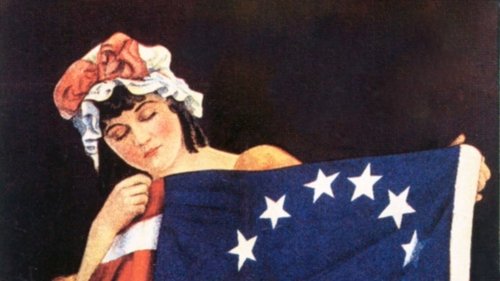
Revolutionary War heroine Betsy Ross finds herself in competition with her sister for the affections of a British soldier.
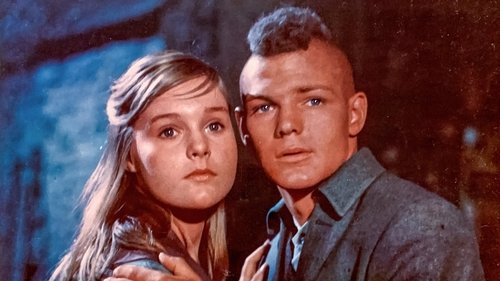
A young white man who spent his whole life raised by a Native American tribe is sent to live with his true family and must learn to fit in with the people he was taught to hate.
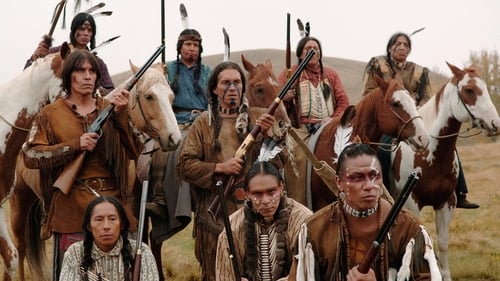
Beginning just after the bloody Sioux victory over General Custer at Little Big Horn, the story is told through two unique perspectives: Charles Eastman, a young, white-educated Sioux doctor held up as living proof of the alleged success of assimilation, and Sitting Bull the proud Lakota chief whose tribe won the American Indians’ last major victory at Little Big Horn.

TV biopic about the first US President's wife.
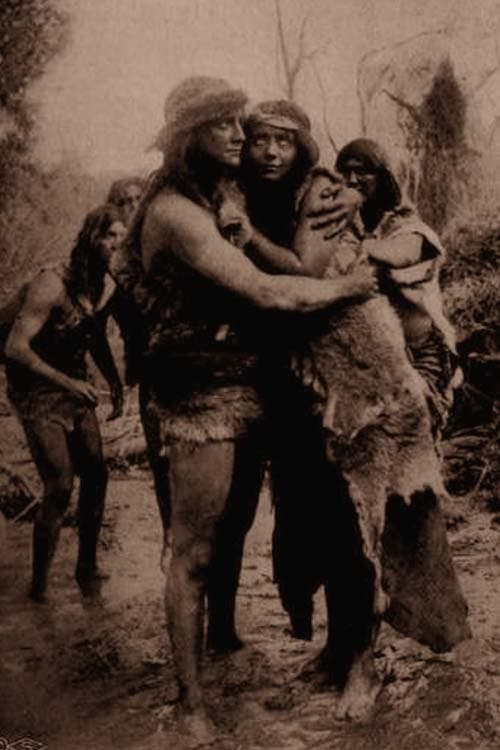
A picture which illustrates an Indian myth, a poetic love story of the long ago, in which a despised musician is refused the privilege of marrying the belle of the tribe. He proves himself not only strong enough to kill his rival, the tribe's stalwart warrior, in a struggle for the girl, but is able to make a magic flute which can and does restore the girl, now lying dead. In the closing scenes, the picture shows a short glimpse of modern life which suggests that the old myth is being played, in part, again.
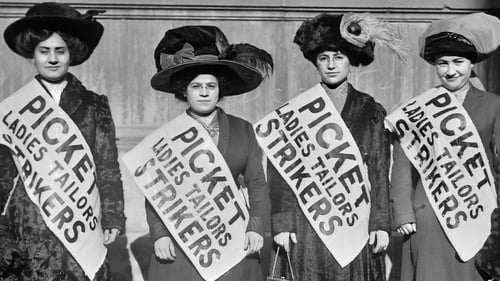
On March 25, 1911, a catastrophic fire broke out at the Triangle Waist Company in New York City. Trapped inside the upper floors of a ten-story building, 146 workers - mostly young immigrant women and teenage girls - were burned alive or forced to jump to their deaths to escape an inferno that consumed the factory in just 18 minutes. It was the worst disaster at a workplace in New York State until 9/11. The tragedy changed the course of history, paving the way for government to represent working people, not just business, for the first time, and helped an emerging American middle class to live the American Dream.

The wild and woolly early days of New York -- when it was still known as New Amsterdam -- provide the backdrop for this period musical-comedy. In 1650, Peter Stuyvesant arrives in New Amsterdam to assume his duties as governor. Stuyvesant is hardly the fun-loving type, and one of his first official acts is to call for the death of Brom Broeck, a newspaper publisher well-known for his fearless exposes of police and government corruption. However, Broeck hasn't done anything that would justify the death penalty, so Stuyvesant waits (without much patience) for Broeck to step out of line. Broeck is romancing a beautiful woman named Tina Tienhoven, whose sister Ulda happens to be dating his best friend, Ten Pin. After Stuyvesant's men toss Broeck in jail on a trumped-up charge, Stuyvesant sets his sights on winning Tina's affections.